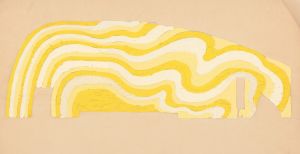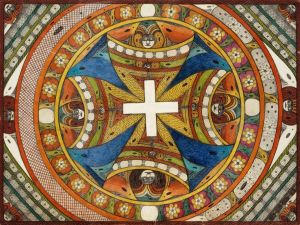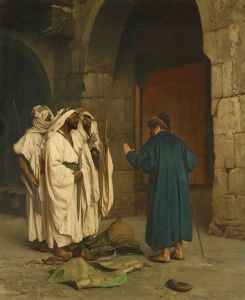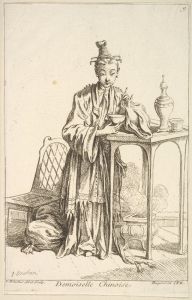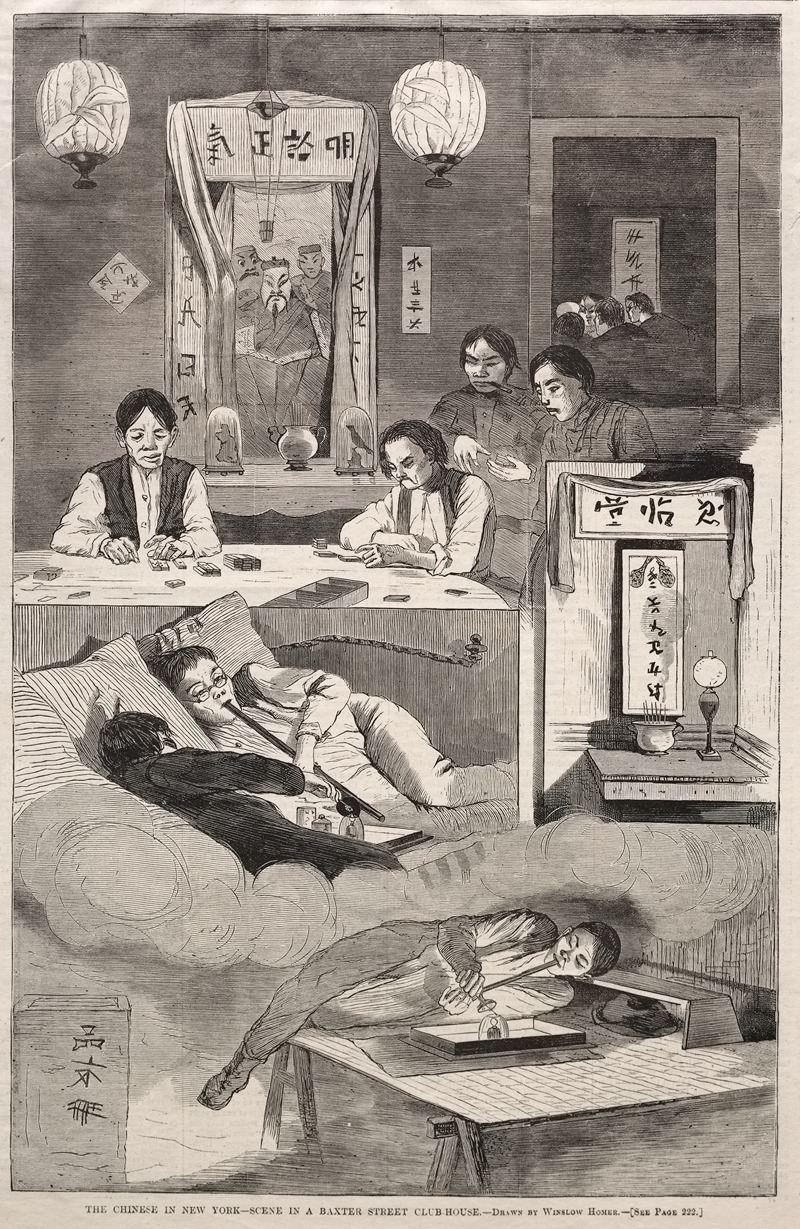
The Chinese in New York – Scene in a Baxter Street Club-House
A hand-painted replica of Winslow Homer’s masterpiece The Chinese in New York – Scene in a Baxter Street Club-House, meticulously crafted by professional artists to capture the true essence of the original. Each piece is created with museum-quality canvas and rare mineral pigments, carefully painted by experienced artists with delicate brushstrokes and rich, layered colors to perfectly recreate the texture of the original artwork. Unlike machine-printed reproductions, this hand-painted version brings the painting to life, infused with the artist’s emotions and skill in every stroke. Whether for personal collection or home decoration, it instantly elevates the artistic atmosphere of any space.
"The Chinese in New York – Scene in a Baxter Street Club-House" is a wood engraving created by the American artist Winslow Homer. This artwork was published in Harper's Weekly on February 17, 1877, during a period when Homer was contributing illustrations to various periodicals. The engraving provides a glimpse into the life of Chinese immigrants in New York City during the late 19th century, a time when the Chinese community was growing and becoming more visible in American urban centers.
Winslow Homer, known for his keen observational skills and ability to capture the essence of American life, turned his attention to the Chinese community in New York City, specifically in the area known as Chinatown. Baxter Street, located in Lower Manhattan, was one of the central locations for Chinese immigrants during this period. The scene depicted in the engraving is set in a club-house, which was a social gathering place for Chinese immigrants. These club-houses served as important community centers where individuals could connect, share news, and find support among fellow immigrants.
The engraving shows a group of Chinese men engaged in various activities within the club-house. Some are seated around a table, possibly playing a game or engaged in conversation, while others are standing or moving about the room. The interior is depicted with attention to detail, capturing the furnishings and atmosphere typical of such a gathering place. Homer's work provides a rare visual documentation of the Chinese immigrant experience in New York during the 19th century, a subject that was not frequently depicted in mainstream American art of the time.
During the 1870s, the Chinese community in the United States faced significant challenges, including racial discrimination and restrictive immigration laws. The Chinese Exclusion Act, which would be enacted in 1882, was a reflection of the growing anti-Chinese sentiment in the country. Despite these challenges, the Chinese community in New York City managed to establish a vibrant cultural and social life, as evidenced by the existence of club-houses and other communal institutions.
Homer's depiction is significant not only for its artistic merit but also for its historical value. It provides insight into the daily lives of Chinese immigrants and the ways in which they maintained their cultural identity while adapting to life in a new country. The engraving also reflects the broader social and cultural dynamics of New York City during the late 19th century, a time of rapid urbanization and increasing diversity.
In summary, "The Chinese in New York – Scene in a Baxter Street Club-House" by Winslow Homer is an important work that captures a moment in the history of Chinese immigration to the United States. Through his detailed and empathetic portrayal, Homer offers a window into the lives of Chinese immigrants in New York City, highlighting their resilience and the vibrant community life they created amidst the challenges they faced.





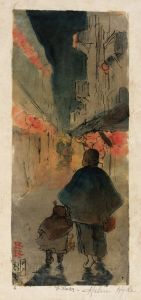
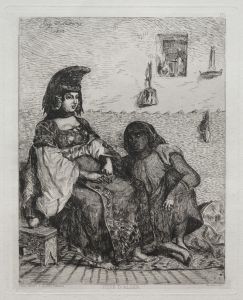
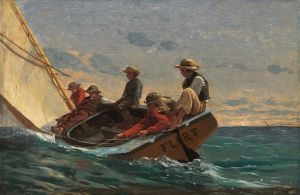

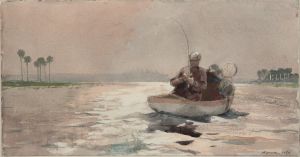
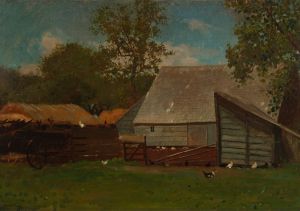
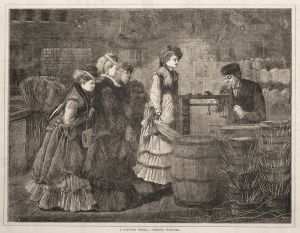
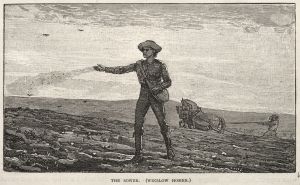
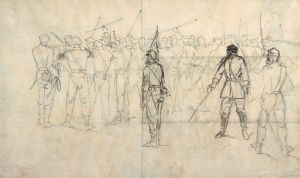
![Designs for unidentified restaurant interior, possibly Elysée restaurant, 1 East 56th St., New York, NY.] [Drawing of restaurant details](/imgs/249333/s/winold-reiss-designs-for-unidentified-restaurant-interior-possibly-elysee-restaurant-1-east-56th-st-new-york-ny-drawing-of-restaurant-details-5319cbfe.jpg)
